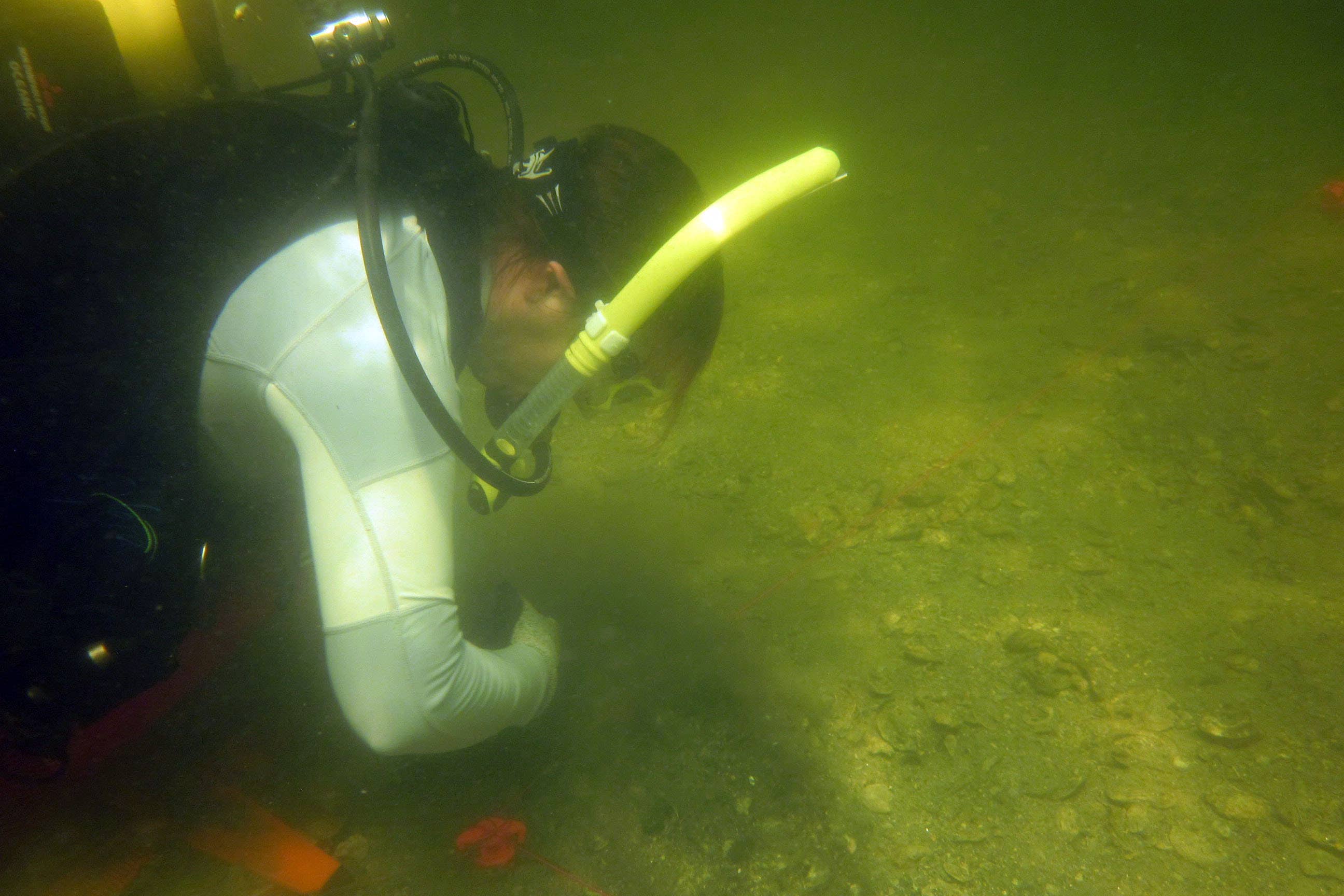Archaeologists on ‘first-of-its-kind’ mission to map sunken ancient landscapes
Dr Simon Fitch and Professor Richard Bates will travel to Croatia to begin a five-day long survey of the Adriatic seabed.

Two British archaeologists are set to embark on a “first-of-its-kind” mission to map ancient landscapes lost to the oceans thousands of years ago.
Dr Simon Fitch, from the University of Bradford, and Professor Richard Bates, from the University of St Andrews, will travel to Split in Croatia to begin a five-day long survey of the Adriatic seabed as part of the Life on the Edge project, which has received £1 million in funding from UK Research and Innovation (UKRI).
They will be joined by Vedran Barbaric, from the University of Split, as part of the pilot team to map submerged landscapes in parts of the Adriatic and North Sea.
These maps can then be analysed for clues into the lives of humans who lived there between 10,000 and 24,000 years ago, during the late Paleolithic period.
Dr Fitch, a geoarchaeologist and a UKRI Future Leadership Fellow, said: “This is the first time anyone is going more than 500 metres from the coastline in the Adriatic to map the seabed.
“We know humans once lived on the land down there because trawlers regularly dredge up artefacts.
“This is about finding out who we are as a species and where we come from.”
Dr Fitch said the sea levels were up to 100 metres lower during the late Paleolithic compared with the present day.
He said: “We have an incomplete picture of human history.
“If we go back in time to the period known as the late Paleolithic – so, between 10,000 and 24,000 years ago – that is when we had the last ‘glacial maximum’.
“It means a lot more land was exposed and people would have lived there.”
Dr Fitch added: “We know most human populations like to live on the coastline, so it’s likely there were settlements on what is now the seabed.
“Our aim is to find evidence of those settlements and then recover the archaeology.”
Dr Fitch’s work is the first in a series of expeditions expected to take place over the next five years.
He is working with collaborators from the University of Split, and Flanders Marine institute (VLIZ) in Belgium, as well as commercial companies who are already mapping seabeds as they prepare to install wind farms.
The University of Bradford’s supercomputers will be used to analyse the data and turn it into maps that may reveal lost landscapes.
Dr Jessica Cook Hale, from the University of Georgia in the US, who has also joined the project, said: “We know from experience human populations like to live along the coast, so once we get an understanding of the topography, we can then make an educated guess as to where they might have lived at a time when sea levels were much lower than they are today.”
In addition to the UKRI funding, the Life on the Edge project has also received £400,000 in-kind ship time from VLIZ as well as a PhD studentship from the University of Bradford.